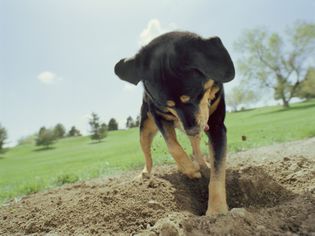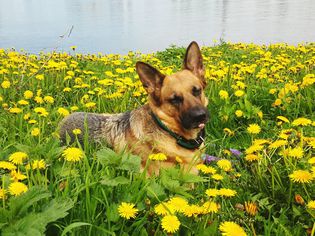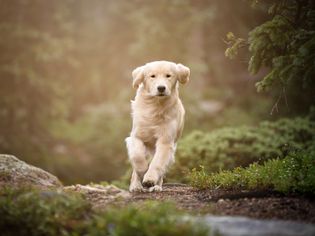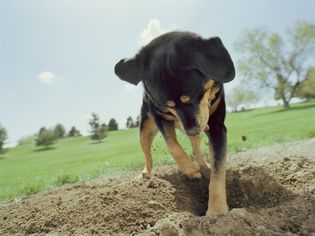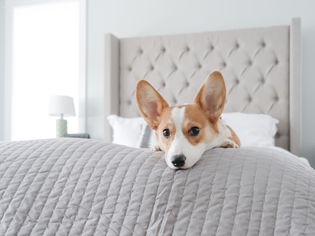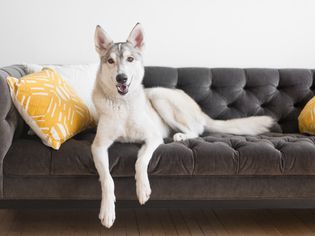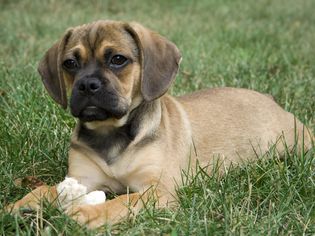The Hovawart is a large working breed from Germany with a sturdy build, long fur, fluffy tail, and floppy ears. These dogs are often recognized by their solid black or black-and-tan coats, but Hovawarts with blonde fur also closely resemble the golden retriever. This beloved German breed has long served as a watchdog and guardian, and it was even named for these talents. "Hovawart" springs from the German words hof (meaning yard or farm) and wächter (meaning watchman).
These dogs are extremely intelligent, free-thinking, loyal companions for anyone up to the challenge of fulfilling their high exercise and training needs. They are used in search and rescue, obedience trials, and therapy dog activities. Though not recommended for first-time dog parents, this breed makes a wonderful companion ready to work alongside those with the time and dedication they require to thrive.
Learn more about the Hovawart, including their history, care needs, and temperament.
Breed Overview
Group: Working
Height: 25 to 28 inches (males); 23 to 26 inches (females)
Weight: 55 to 110 pounds
Coat: Long, thick coat
Coat Color: Blonde, black, or black and tan
Life Span: 10 to 14 years
Temperament: Loyal, courageous, watchful, attentive, even-tempered
Hypoallergenic: No
Origin: Germany
Characteristics of the Hovawart
The Hovawart is even-tempered and aware of their surroundings. Although they’re known to be quiet dogs, they will bark if needed at strangers who seem like a threat.
Like other guardian breeds, Hovawarts are extremely loyal and protective of their families and can be reserved around strangers, but early socialization can help these dogs embrace new people.
They have especially loving personalities toward children and can get along well with other pets when introduced at a young age, though adult Hovawarts may try to dominate dogs they aren't familiar with.
It's important for prospective owners to understand this breed's energy level, as Hovawarts require plenty of exercise along with consistent training due to their above-average intelligence (which can lead to boredom when not mentally stimulated). Overall, for the right person, this breed can make a devoted companion.
| Affection Level | High |
| Friendliness | Medium |
| Kid-Friendly | High |
| Pet-Friendly | Medium |
| Exercise Needs | High |
| Playfulness | High |
| Energy Level | High |
| Trainability | High |
| Intelligence | High |
| Tendency to Bark | Low |
| Amount of Shedding | Medium |
History of the Hovawart
The Hovawart is a rare dog breed that originated in Germany. Because of their similar look, Hovawarts are often confused with Golden Retrievers or shepherd mixes.
These dogs were first bred as mixes with working dogs like German shepherds, Newfoundlands, and Leonbergers, but like many older dog breeds, their population became depleted over time. According to the AKC, the breeding of these intelligent canines was restored in 1922 by introducing similar farm dogs into the bloodline.
The FCI recognized the Hovawart in 1937. After World War II, the Hovawart population began thinning out once again. Thanks to determined breeders and the Hovawart joining the German Kennel Club (VDH) in 1948, these dogs became more popular. Since 2010, this breed has been a part of the AKC's Foundation Stock Service.
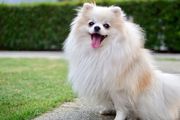
Hovawart Care
The Hovawart can be a great companion when cared for properly. These dogs need considerable exercise to stay healthy, and it's also important to keep them mentally stimulated and provide consistent training. Although they have a thick coat, Hovawarts only require basic grooming aside from extra brushings during their shedding season.
Exercise
These farm guardians require plenty of physical and mental exercise, needing as much as two hours of activity per day. Hovawarts love a large array of outdoor activities such as hiking, swimming, tracking, and more, so they're a great breed choice for active people who want to bring their dog along for new adventures.
Thanks to their intelligence, Hovawarts also excel at canine sports like agility training, flyball, and obedience trials. Since they are a large breed with such vigorous exercise requirements, Hovawarts should not be raised as apartment dogs or urban dogs that can't spend much time outside. Instead, they do best in large homes with fenced-in yards where they can let out their energy through play and exercise.
Grooming
The Hovawart boasts beautiful long hair but does not have a thick undercoat. This makes occasional baths and regular brushing, such as two to three times weekly, sufficient to keep them clean and smooth. However, seasonal shedding will require more brushing and baths.
This breed has strong, fast-growing nails, so plan for consistent trimmings. Check your dog's ears for dirt or buildup (cleaning them with a dog-safe solution and a cotton ball) and brush their teeth regularly to prevent dental infections.
Training
Training is very important for this breed, as their intelligent, free-thinking nature means they will take in a situation and form their own opinion on how to respond. However, this may not match up with your expectations. Patient guidance and proper exposure are key.
Though intelligent, the breed is slow to develop and may be around two years of age before reaching maturity. Hovawarts can also have a stubborn streak. They need a leader they can trust so they can be led rather than play the role of pack leader. Be consistent, don’t let your dog walk ahead of you, and always maintain control to ensure they know you’re the leader.
While these dogs may be difficult to train at first, it's essential not to use harsh or disciplinary training methods. This form of training can backfire and cause more behavioral problems. Instead, like most dog breeds, the Hovawart responds best to positive reinforcement. These smart canines want to work with you—not for you—so try to work as a team.
The Hovawart is an extremely loyal, caring family dog if properly socialized from an early age. They can have a dominant nature with other dogs, but generally get along with other pets and strangers when exposed regularly as they grow and learn. Children should be taught how to behave with these dogs since they’re large and could hurt kids accidentally.
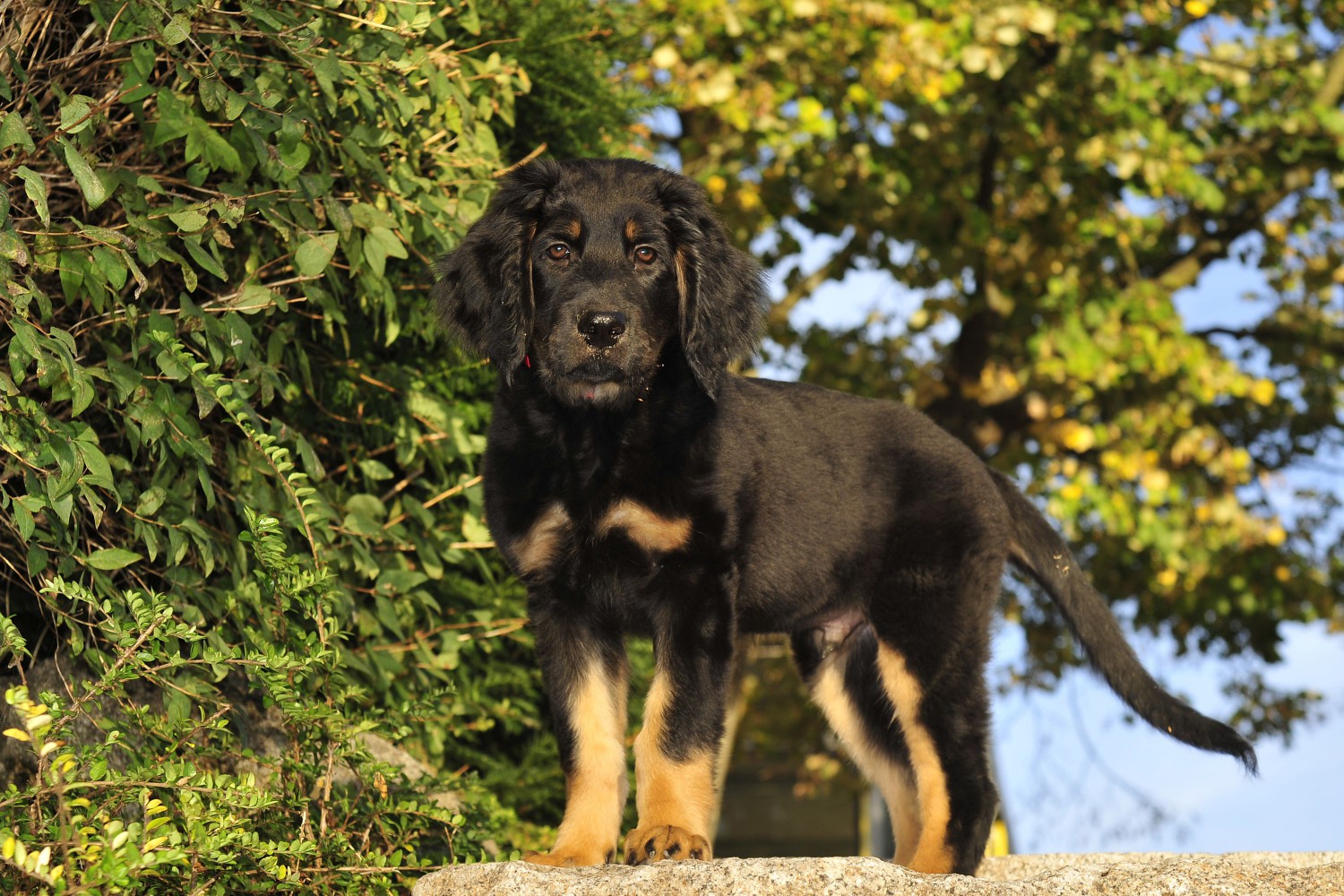
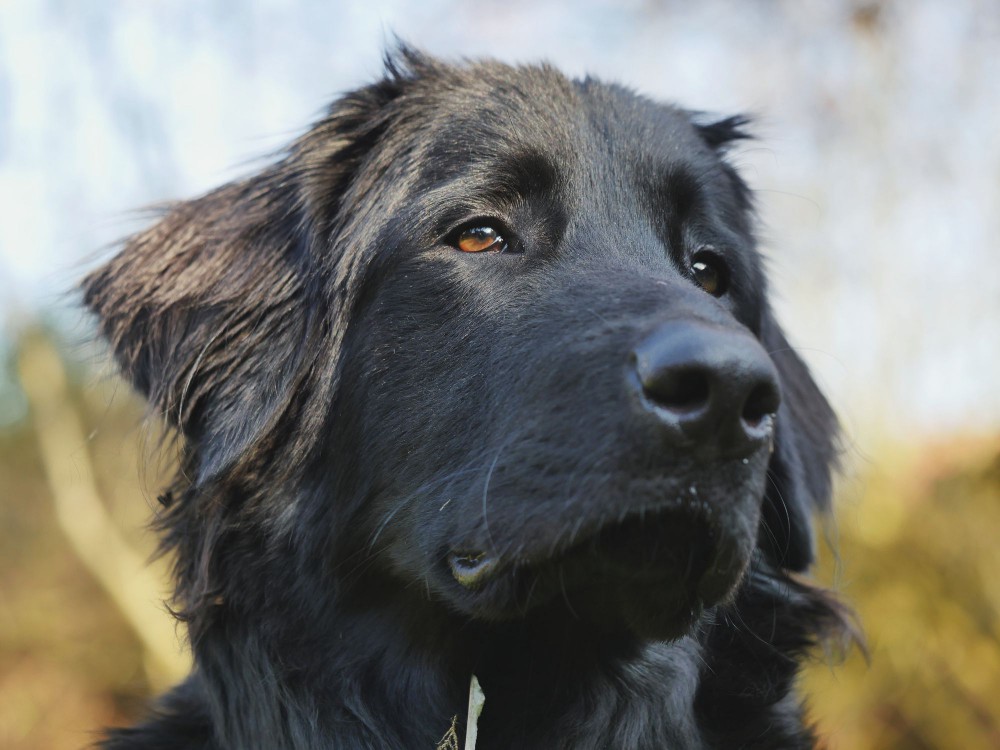
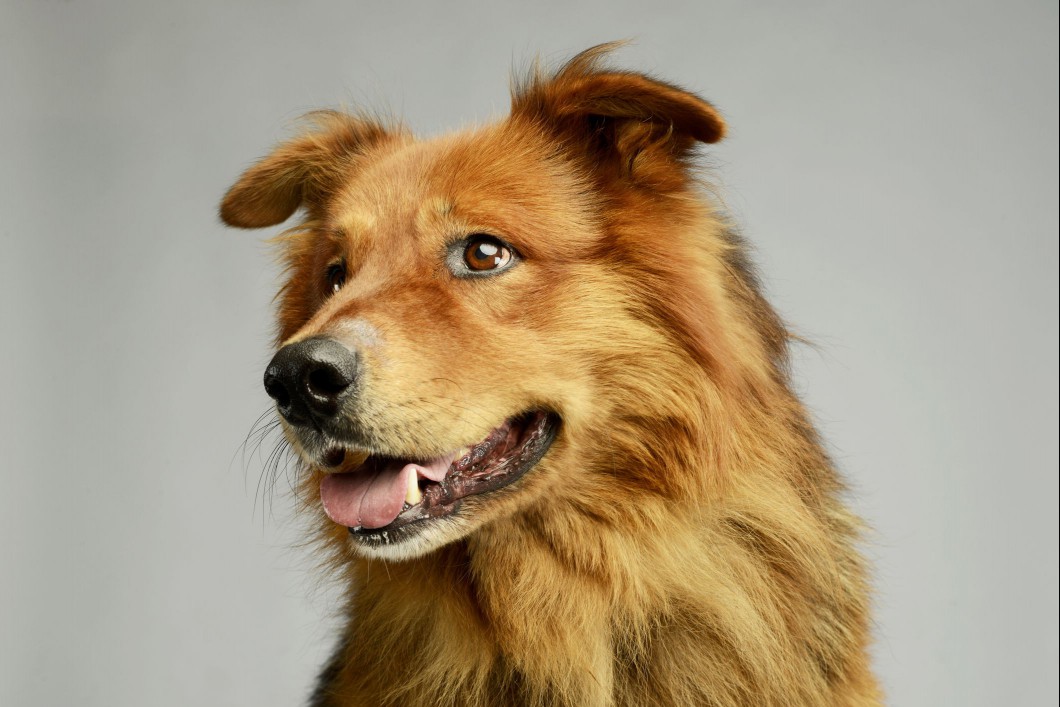
Common Health Problems
The Hovawart is generally a very healthy dog breed, living an average of 10 to 14 years. However, this dog is still susceptible to health problems that many other breeds experience. Thankfully, most Hovawarts do not experience these problems according to the national breed club. The following are conditions to be aware of:
- Hip dysplasia: Many large-breed dogs are affected by hip dysplasia. This condition affects your dog's joints, causing a malformation as they age.
- Hypothyroidism: This condition causes the thyroid to produce below-average levels of important hormones.
- Degenerative myelopathy (DM): Eventually leading to paralysis, DM affects the tissue in your dog's spinal cord and can cause lameness in the hind legs. The front legs may also be affected in severe cases.
Responsible breeding is essential to keep the Hovawart breed healthy over future generations. Breeders can test parent dogs for health problems and perform selective breeding to avoid passing problems down to puppies.
Diet and Nutrition
Feed this breed two times per day. Avoid overfeeding, which can lead to canine obesity and cause health problems down the road. Choosing high-quality dog food will help your Hovawart live a long, healthy life.
Your dog will have varying nutritional needs that can be met with different foods appropriate to their activity level and stage of life. Talk with your veterinarian to determine the best type of food and portion plan for your specific dog.
Where to Adopt or Buy a Hovawart
Hovawart puppies typically cost between $1,000 and $3,500, but prices can vary based on pedigree and availability. Before adopting any dog, carefully research the breed and talk with breeders to understand more about their care.
The Hovawart is a rare breed, with perhaps a few hundred in the U.S., making this dog a bit difficult to find in most rescues. Visit your local shelter to find similar dogs in need of forever homes.
If you love this breed but can't find a Hovawart in a shelter or rescue, it's essential to purchase your puppy from a reputable breeder. These Hovawart breed clubs and the AKC are great resources to help you start your search:
- Hovawart Club of North America Rescue Dogs
- Hovawart Club of North America Breeders
- American Hovawart Club Approved Breeders
- AKC Hovawart Breeders
Hovawart Overview
Hovawarts are extremely intelligent, independent canines that form strong bonds with their families. Their intense mental and physical exercise needs may not make them the right choice for every home, but they are great for active families.
Pros of Hovawarts
- Bonds closely with family
- Protective of their pack
- Typically lives a long, healthy, active life
Cons of Hovawarts
- Can be stubborn
- Matures slowly, requiring diligent, patient training
- Has high exercise needs; not suitable for apartments
More Dog Breeds and Further Research
Though every dog is different, each breed has common, specific traits you should consider. If you're interested in the Hovawart, you might also like these similar breeds:
- Leonberger
- Newfoundland
- Bernese Mountain Dog
There's a whole world of dog breeds out there that can join your family. With a bit of research, you can find your next best friend!
- Is a Hovawart a good family dog?
With the right training and socialization, Hovawarts can be great family dogs thanks to their loving nature with children and their owners. This breed is best suited for active families because of their high-maintenance exercise and training needs.
Are Hovawart dogs rare?Hovawart dogs are rare, so they are hard to find from breeders and in shelters.
Are Hovawarts good guard dogs?These loyal dogs are protective and make good guard dogs. Though reserved around strangers, they are not aggressive with their family.

